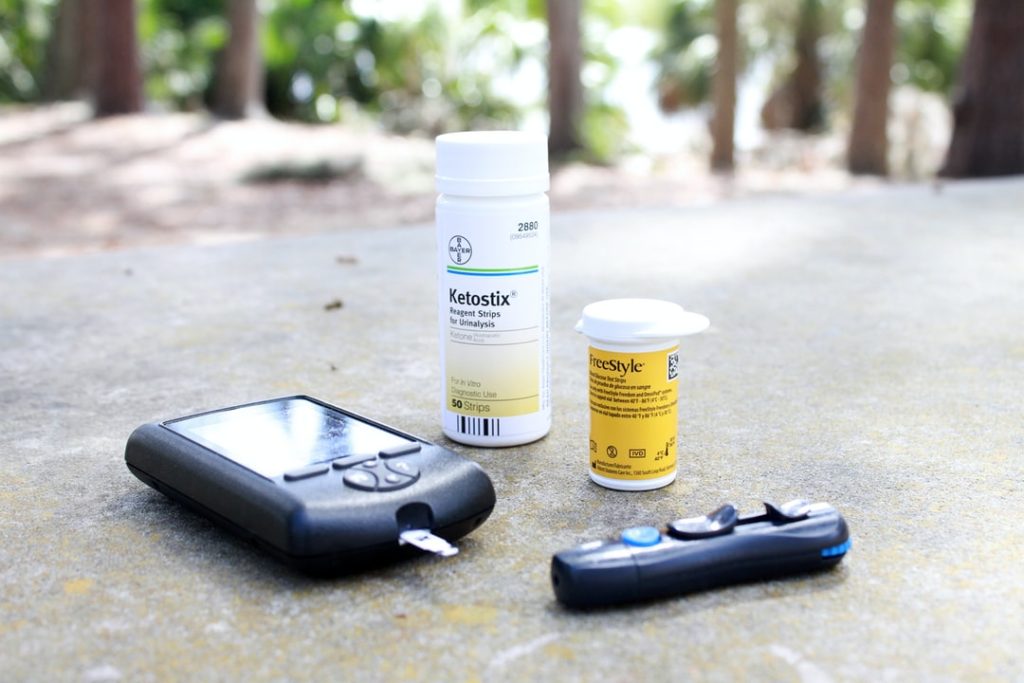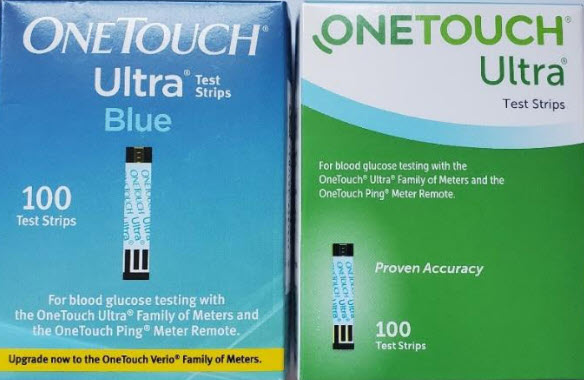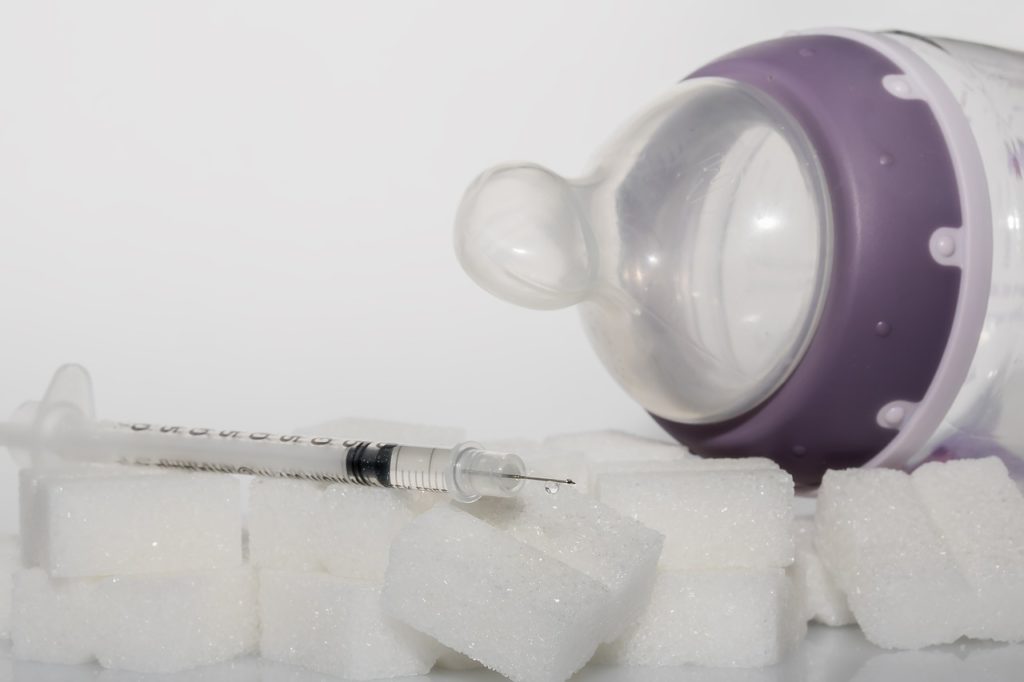Holidays and special occasions where drinking is part of the festivities can present special challenges for people with diabetes. Doctors recommend that diabetics not imbibe at all. Alcoholic beverages contain significant amounts of sugars, carbs and calories that elevate blood sugar levels and promote weight gain.
Alcohol also has a dehydrating effect on the body. The kidneys must work harder to filter the extra glucose from the body and results in more frequent urination. Sugars are removed, along with bodily fluids that result in dehydration.
The Worst Drinks
Some drinks are worse than others for individuals that choose to partake of alcohol. Wine tends to contain less carbohydrates than beer. On their own, gin, rum, vodka, and whisky have far fewer calories, carbs, and sugars than beer or wine.
Where many individuals encounter a problem is the mixers such as sodas, sugary syrups, and fruit juices. If alcohol-laced eggnog is a favorite, choose light eggnog and limit it to one drink. Try to stay away from hard lemonade and spiked cider.
Best Drinks and Practices
For diabetics that want to drink, stick with light, dry wines or light beers. They have fewer carbs and sugars. Take liquor neat, on the rocks, and eliminate mixers. Doing so will reduce the calories and sugars. There are also premade sugar-free mixers that can be used. The best solution for mixed drinks is diet tonic, seltzer or club soda, or lime or lemon juice.
Moderation is Key
Limit or eliminate sugar-laden mixers. Even drinks that are low in carbs and calories and can have a detrimental effect if not used in moderation. Never drink on an empty stomach.
Hidden Dangers
A moderate amount of alcohol can elevate blood glucose levels, but it can have the opposite effect when excessive drinking is involved. Hypoglycemia – low blood glucose levels – is a very real danger, especially when individuals don’t eat. It’s always a good idea for diabetics to keep a glucagon kit with them in the event that their glucose levels drop too low.
If you would like to find out about earning cash for your unwanted, unused and boxed test strips, complete our online quote form today.
If you have extra, unopened and unused boxes of diabetic test strips – whether you have switched brands, no longer need to test or test less frequently, or have a loved one who has passed away – don’t let them gather dust until they’ve expired and end up in the trash. We’re the best place to sell diabetic test strips online, and if you want to sell your test strips, we’re here to make the process easy and enjoyable!
Visit us at Sell Your Test Strips and get your free quote today!
Like us on Facebook









